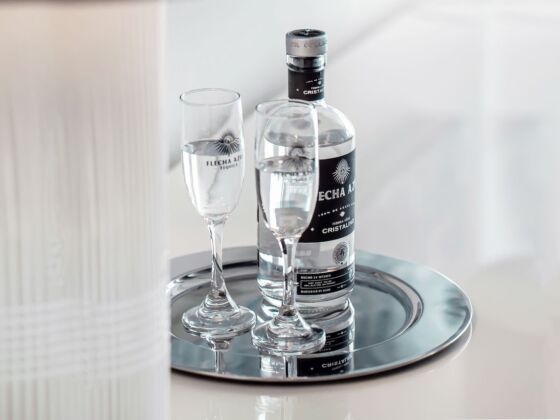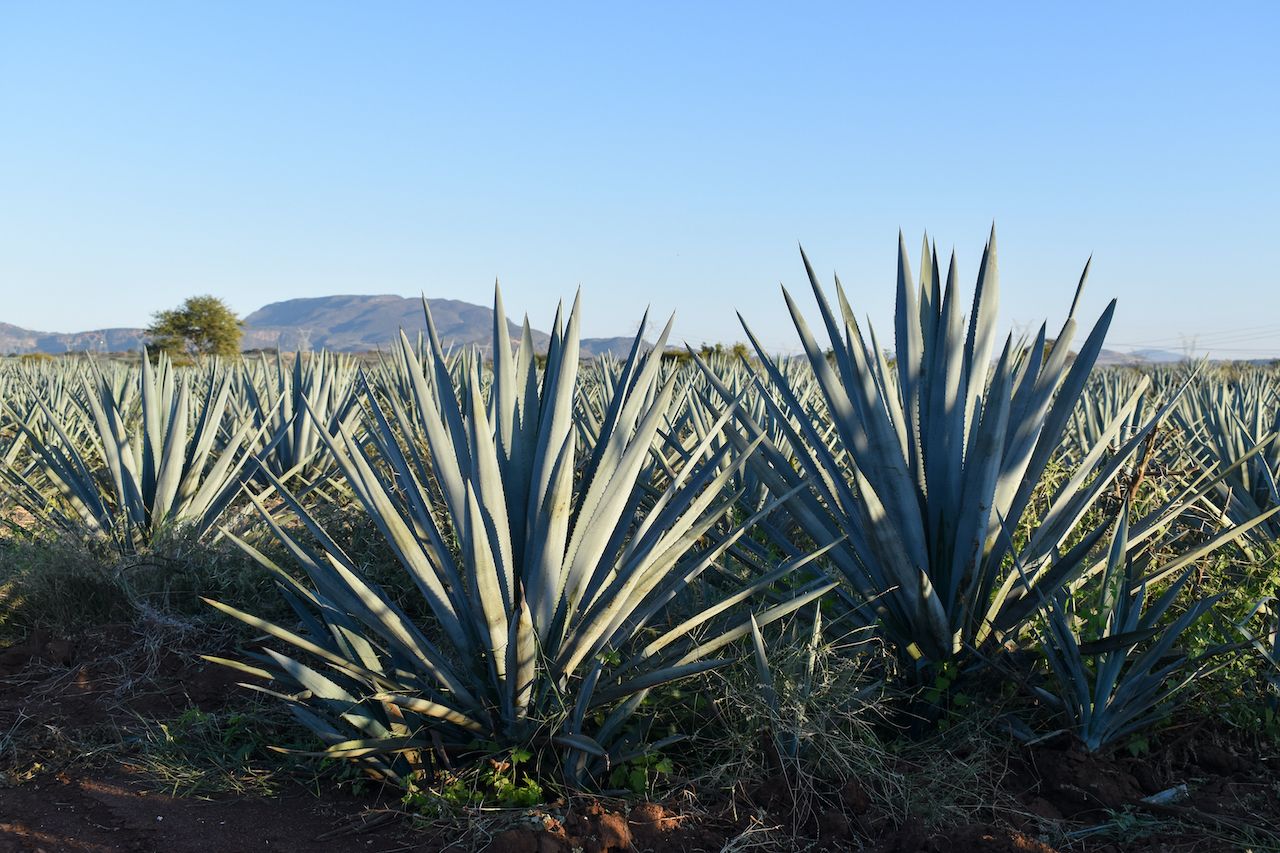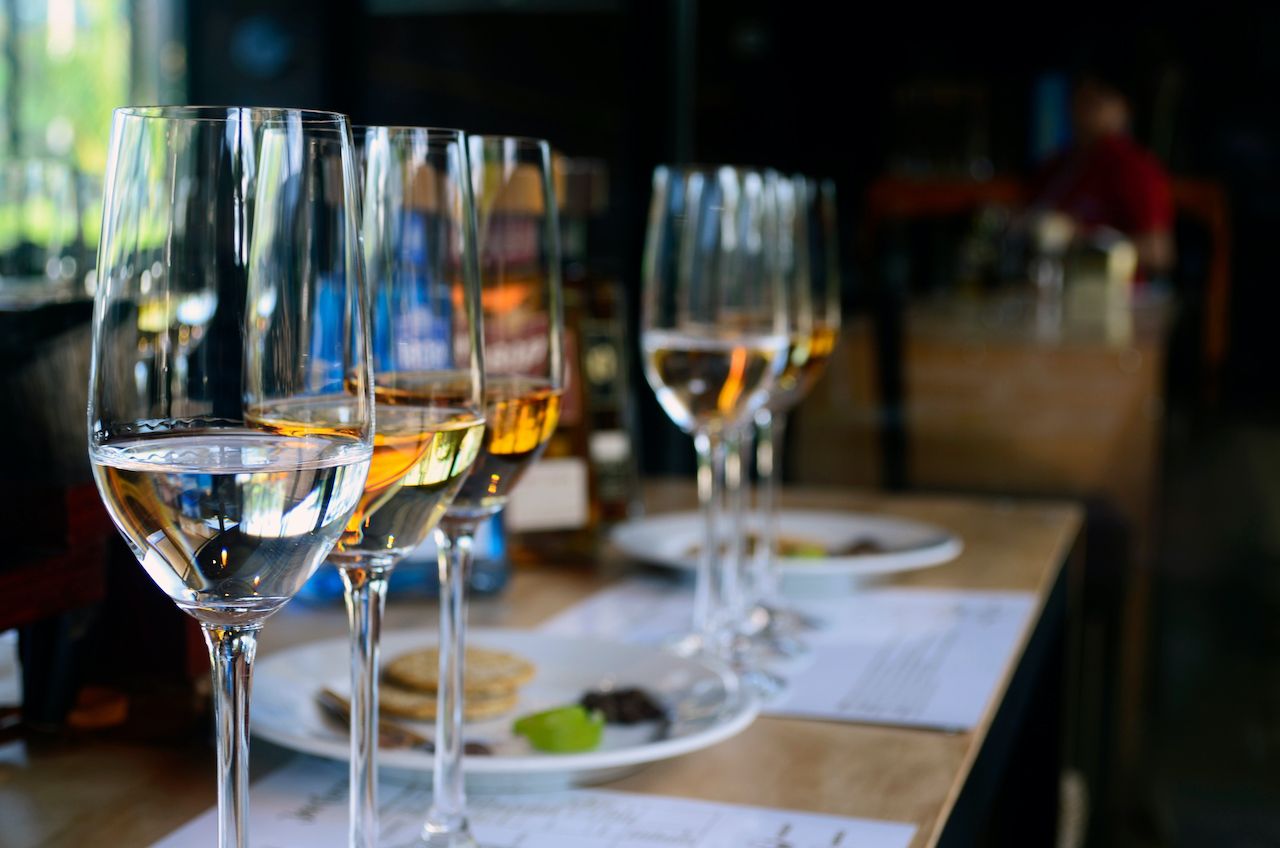When Aron Marquez was in Mexico City about 10 years ago, he kept hearing people talk about cristalino tequila. He had long enjoyed blanco, reposado, and anejo tequilas, but at the time, cristalino was something new to him that he hadn’t seen in the US: an aged tequila that drinks like an anejo, but is as crystal clear as a blanco.
The style takes a few extra steps to make than an unaged agave spirit. It starts with a blanco tequila made from Blue Weber agave. That distillate is then aged for at least a year and a half to make an anejo tequila. Lastly, the spirit is filtered to remove the color, but leave the flavors from barrel aging like chocolate and vanilla that make anejos so easy to sip.


